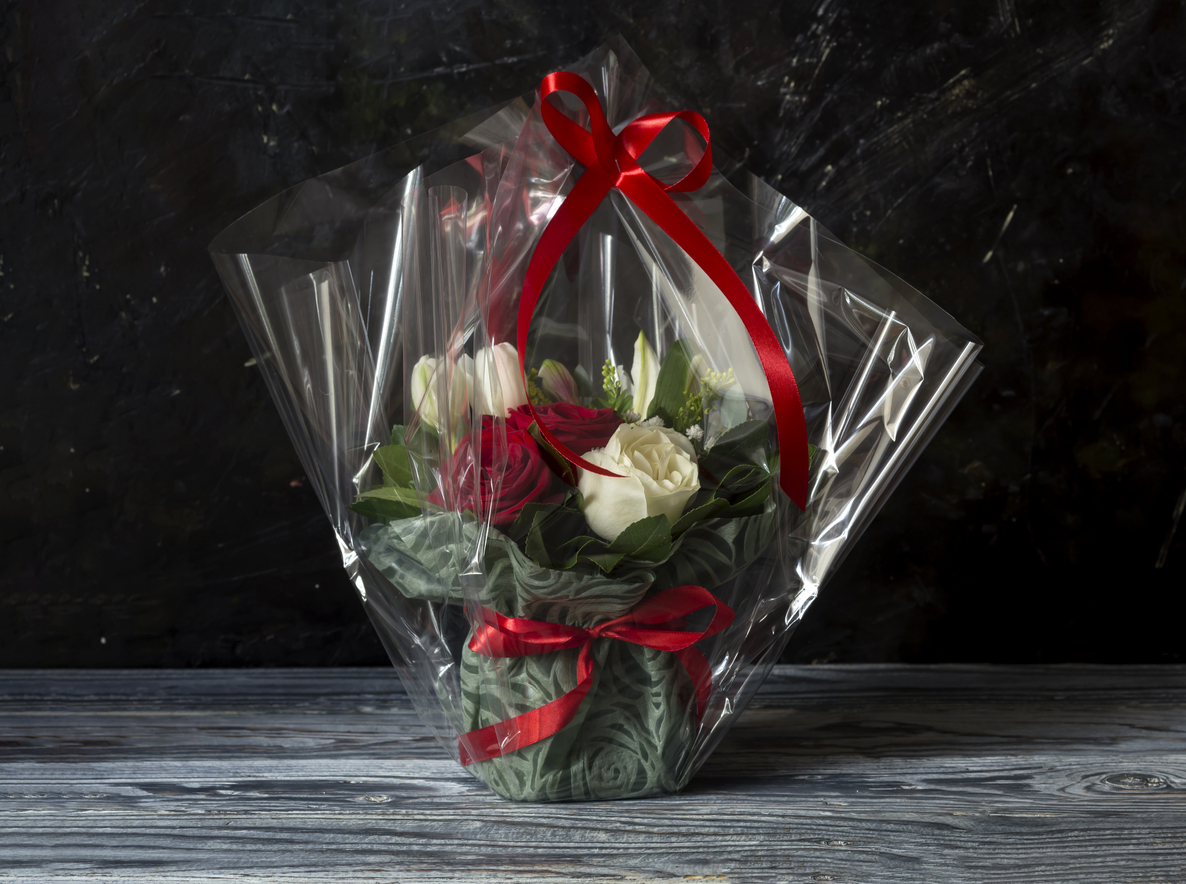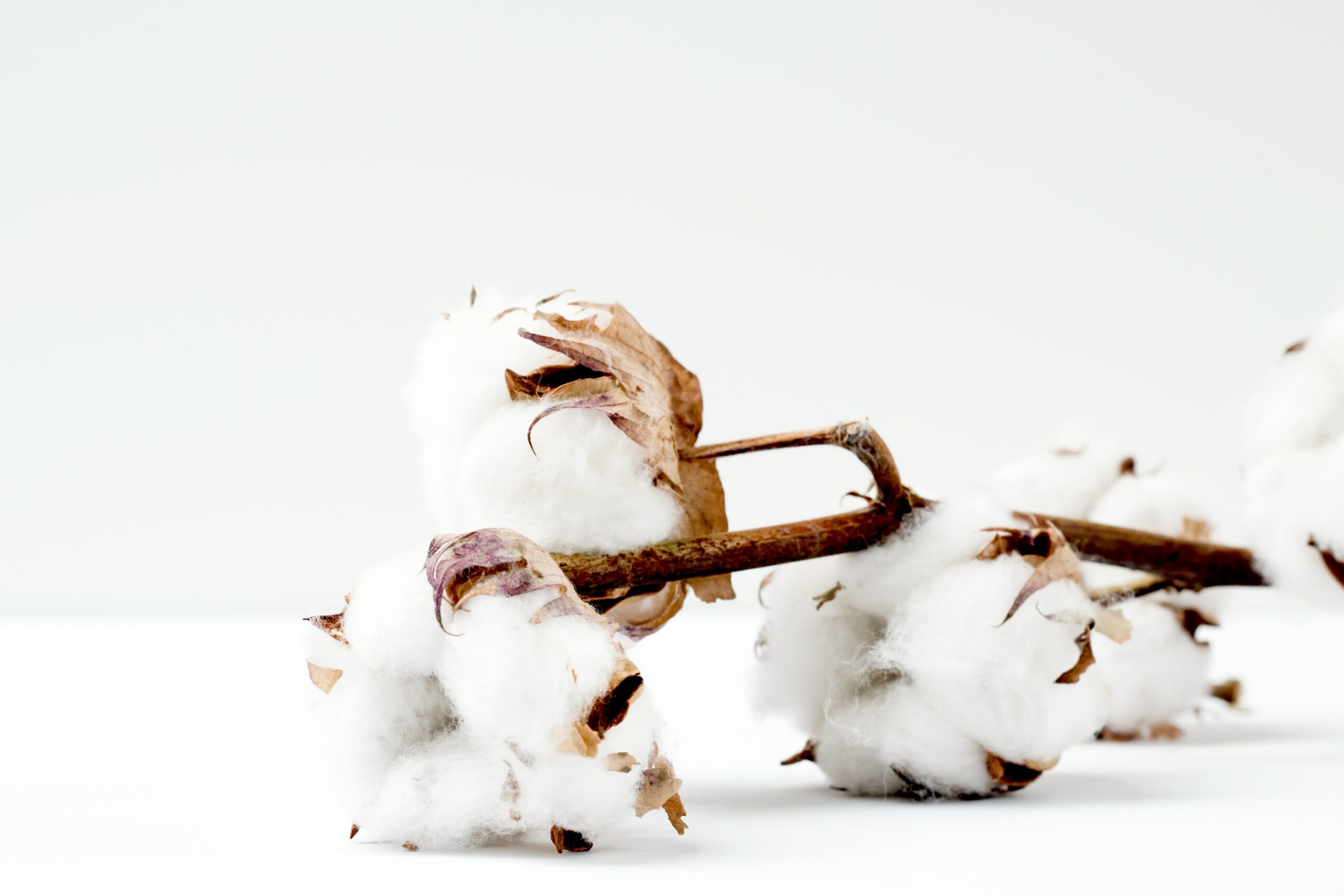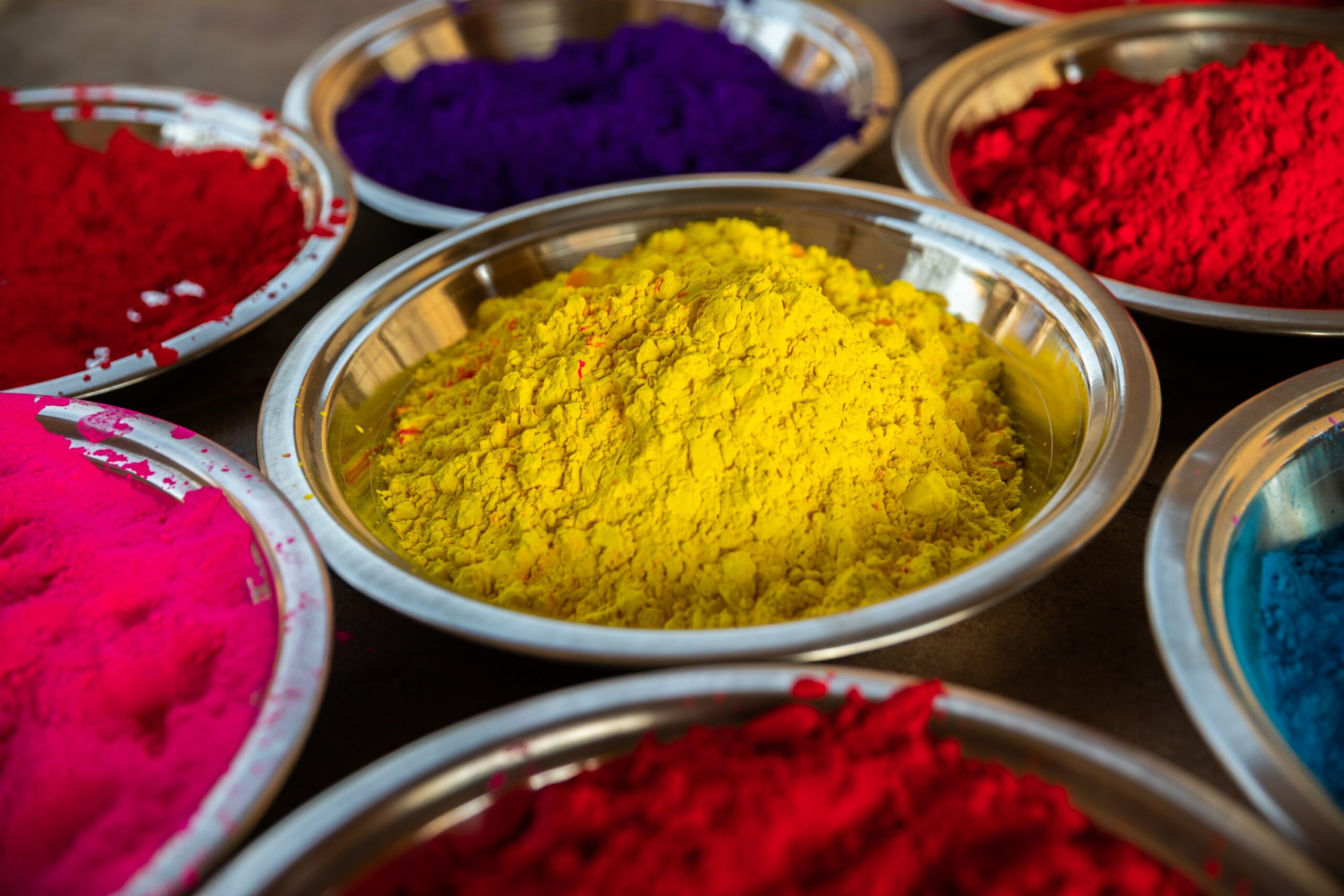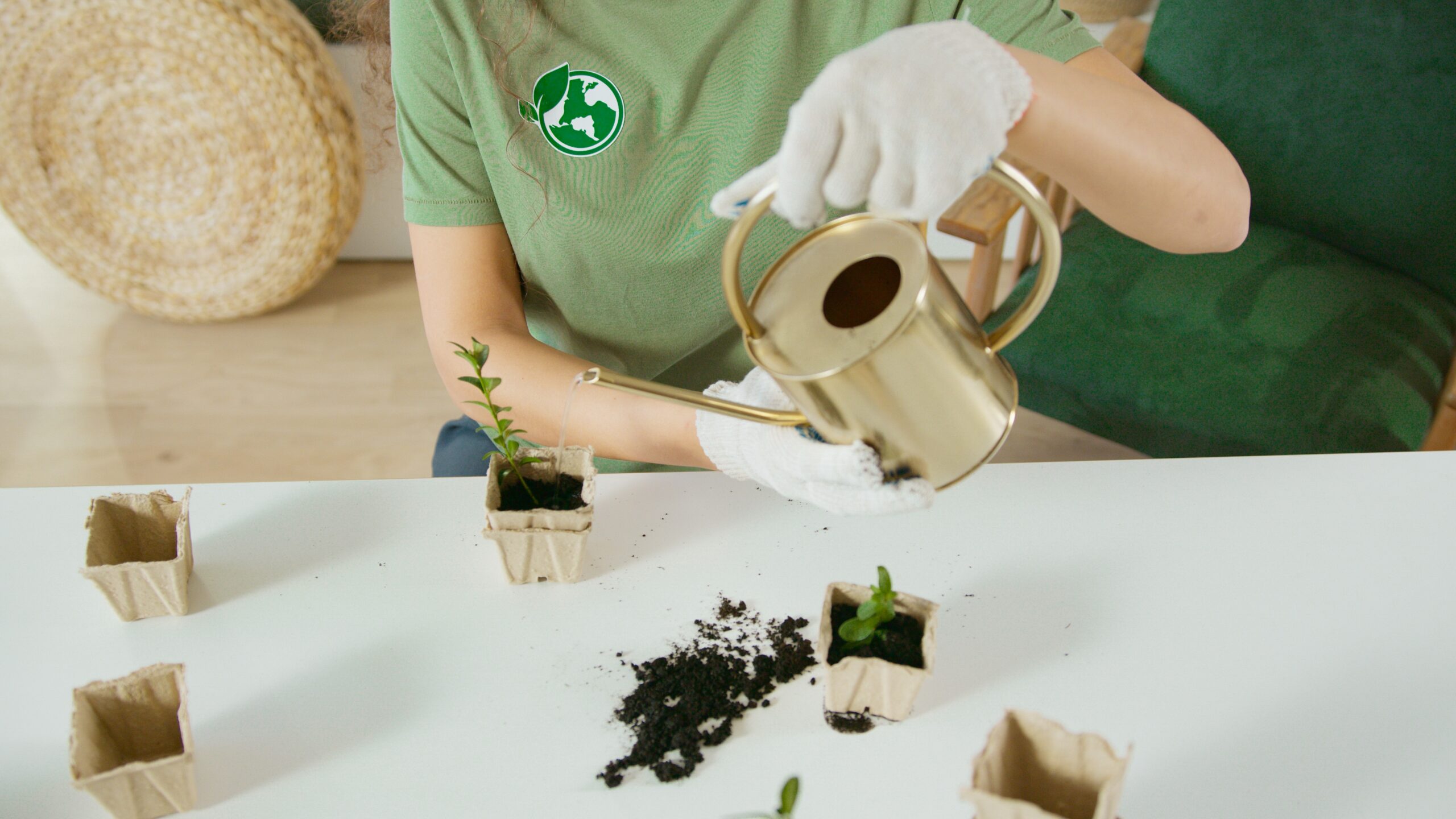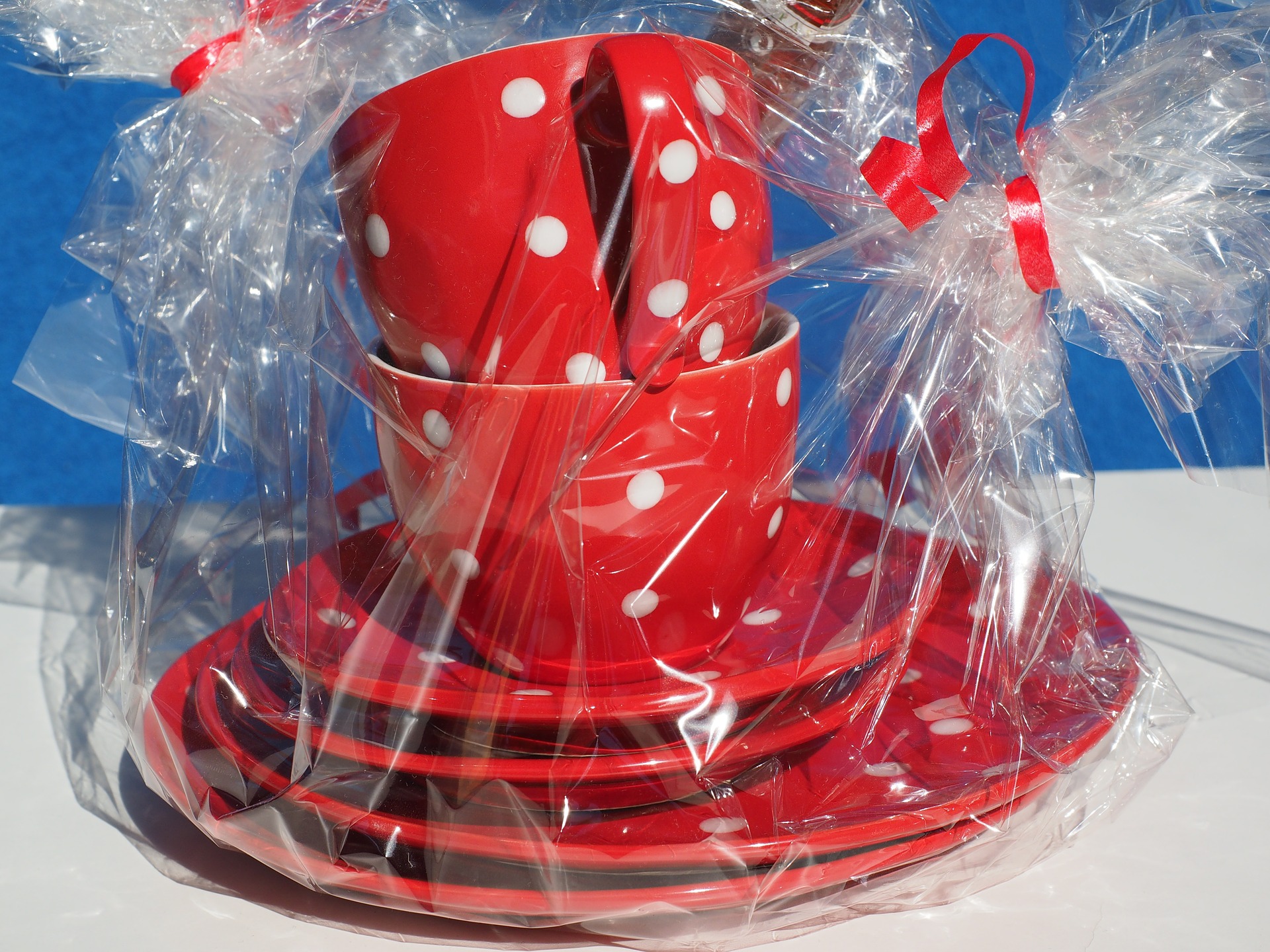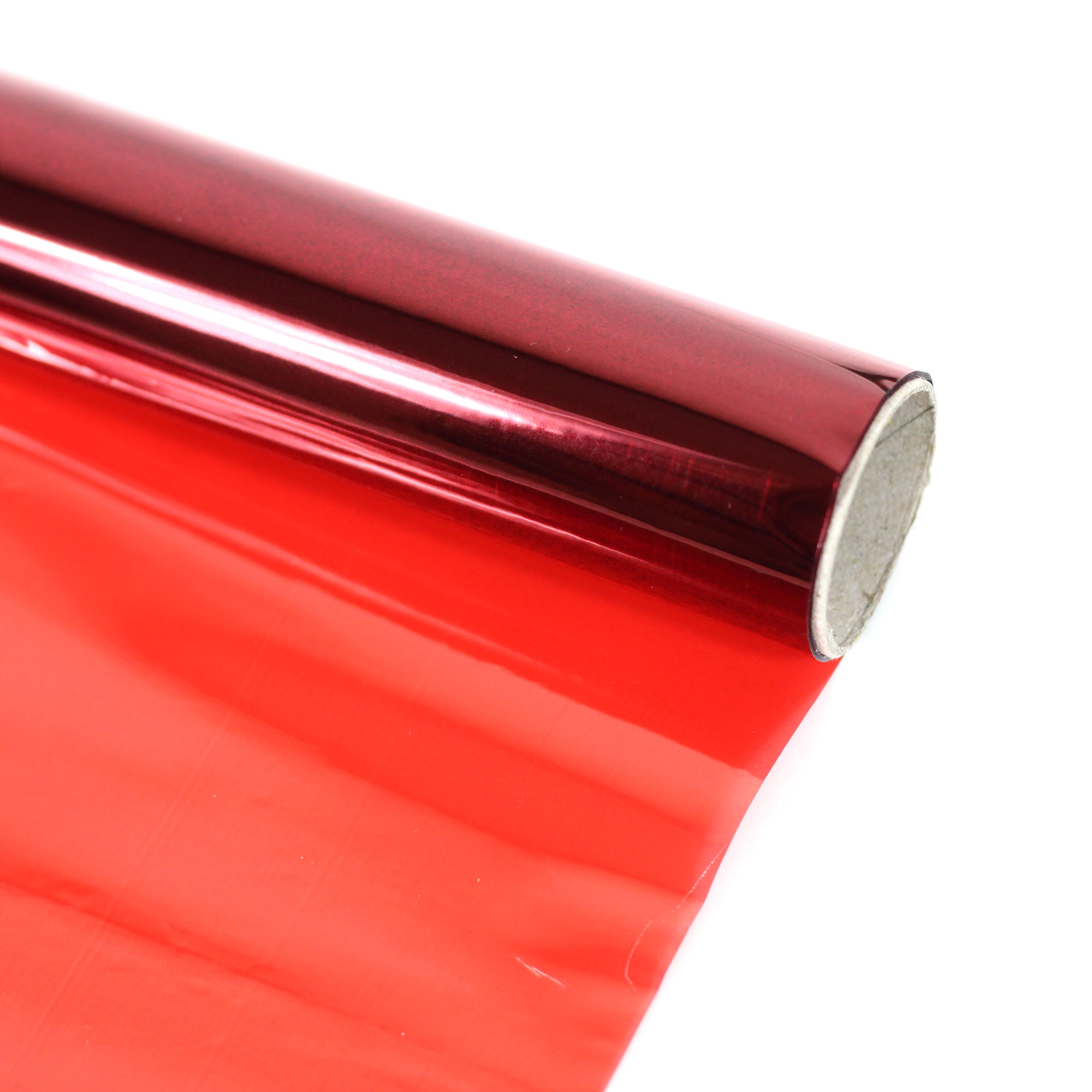A Quick Guide To Coloured Cellophane – The Plant-Based Packaging Material
Coloured cellophane is an incredibly versatile product, suitable for dry food packaging, consumer product packaging and arts and crafts. Coated cellophane wrap is also moisture-proof, making it suitable for packaging fresh food.
Tapes, labels, photographic films, and coating systems can be made from cellophane, and it is heat-sealable, making it suited to sealed packaging.
This article explores the world of coloured cellophane, offering a glimpse into its history and why hundreds of industries use it.
Let’s jump in!
A brief history of cellophane
We have Swiss chemist Jacques Brandenberger to thank for inventing cellophane in 1908, with the original formula made from wood cellulose. Today’s cellulose is also derived from wood, cotton, and hemp.
Before cellophane, people used cloth and paper to package food items – cellophane provided a clean, transparent surface that was significantly thinner. It is so useful that it was an essential material in World War II.
Over time, cellophane production was refined, creating a more robust product suitable for industrial applications. Cellophane’s plant-based composition and biodegradability make it a top choice for eco-friendly packaging.
What is cellophane made from?
Cellophane is made from cellulose derived from renewable wood pulp, cotton and hemp, making it a bio-plastic.
The cellulose is dissolved in alkali and carbon disulphide, creating a viscose solution, and the solution is spread into a film, passing through chemical baths to create a strong film. Finally, it can be coated with nitrocellulose to make it vapour-impenetrable.
Cellophane is not a synthetic plastic. However, you can get polypropylene cellophane, a synthetic plastic with lower breathability.
How is cellophane coloured?
Cellophane is given its colour with natural or synthetic dyes, which are introduced towards the end of the manufacturing stage. The dye permeates the film, ensuring the colour stays consistent throughout the film when cut.
Is cellophane recyclable?
Cellophane is not recyclable because it is plant-based but is biodegradable and compostable. Uncoated cellophane breaks down in the environment within two months, while coated cellophane breaks down within six months.
The only recyclable cellophane is synthetic cellophane made from polypropylene, which is not biodegradable or compostable.
Because cellophane and polypropylene film look similar, you need to make sure that what you put in the compost bin is true cellophane.
Cellophane is better for the environment than plastic because it’s a natural alternative to synthetic films. Plastic must be recycled at the end of its life, but Greenpeace estimates only 12% of the UK’s plastic waste is recycled.
How to dispose of coloured cellophane?
Cellophane is compostable – so you can stick it in your compost heap. Alternatively, you can put cellophane in your waste bin, so it goes to a landfill– in this case, a landfill isn’t the worst thing in the world because cellophane is biodegradable.
Is cellophane waterproof?
Cellophane is waterproof, and when coated with nitrocellulose or wax, it is also vapour-proof, making it suitable for food applications.
If you use uncoated cellophane with fresh food, the cellophane will absorb moisture and spoil, sticking to the food and dissolving.
Do I need coated cellophane?
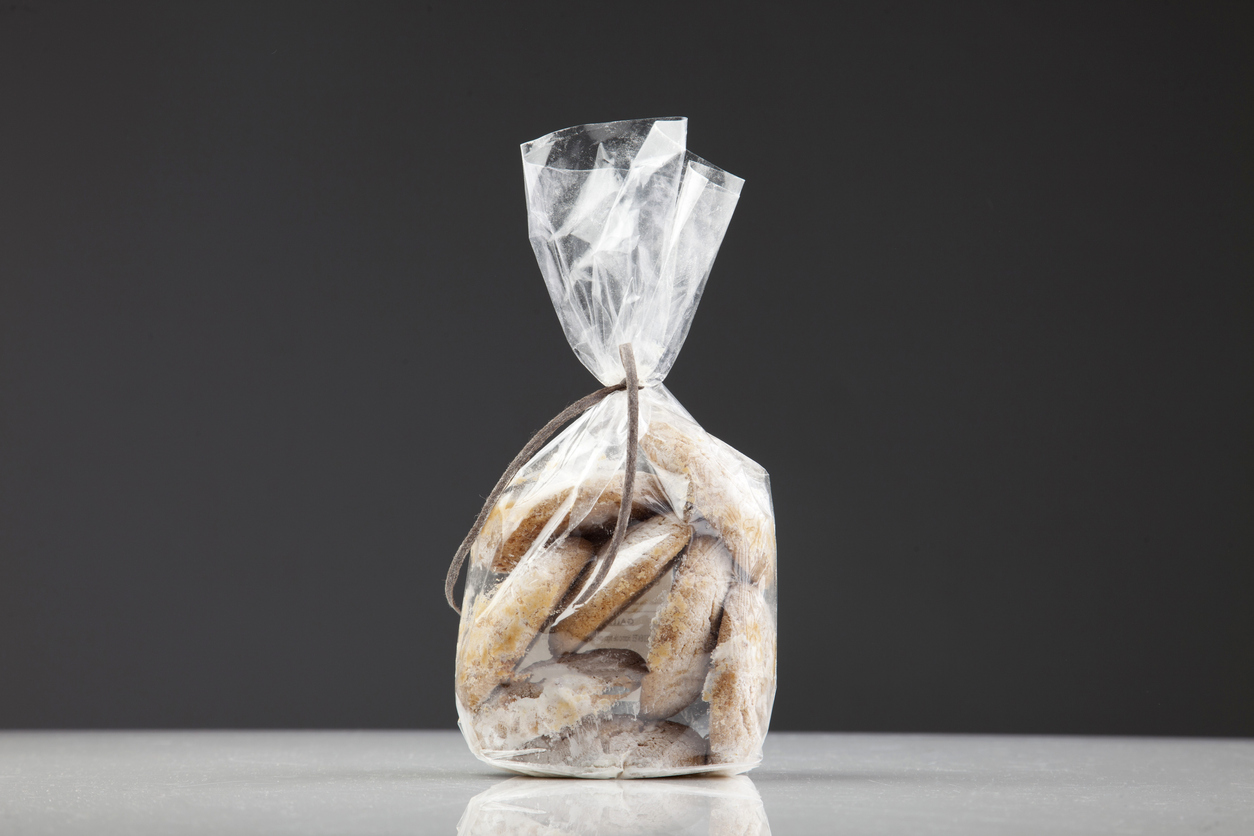
Coated cellophane has a moisture-impenetrable barrier, making it suitable for use with fresh food and products containing moisture. If anything you package has moisture, you need to use coated cellophane.
What is the difference between cellophane and plastic wrap?
Cellophane is made from plant-based cellulose, while plastic films are made from polypropylene, a synthetic plastic. Cellophane has a lower carbon footprint and is the best choice for food products and general use.
Where can I get coloured cellophane?
Hawksbill supplies cellophane rolls to multiple industries. Our cellophane is of the highest quality, suitable for cutting, scrunching, folding and decorating. You can use it to make food-safe packaging and in arts and crafts projects.
Buying cellophane by the roll is recommended because you can make cellophane bags and sleeves with it – all you need is a heat sealer.
How much cellophane do I need?
We sell coloured cellophane rolls in six colours in 2m x 70cm and clear cellophane rolls in 5m x 70cm. Measuring up for your project is easy – calculate the metres of cellophane you need and buy the number of rolls that meet your requirements.
To wrap the average basket hamper, you need around one foot (30cm) of cellophane for the front and back and an extra 15cm for the sides.
If you need help specifying how much cellophane you need, we’re here to help – message us, and we’ll give you a hand within 24 hours.

